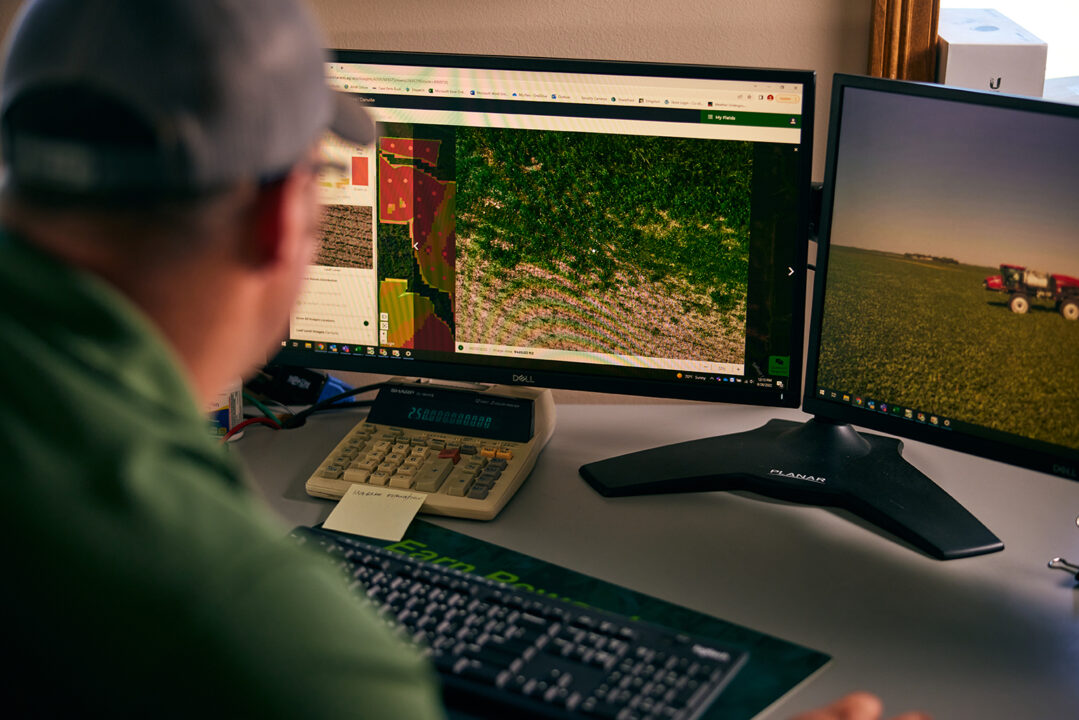#Plant19 Defined By Weather, Tariffs, and a Second Round of Aid
So far, 2019 has been an extremely atypical year for agriculture. Across much of the Midwest, persistent wet weather has delayed crop plantings on a massive scale. In fact, only two states – Texas and Pennsylvania – have managed to get all their crop into the ground, according to USDA statistics. Other states, however, have struggled mightily. For example, of the projected eight million acres of corn in Illinois, less than 500,000 had been planted as the calendar heads for June 1.
Now in a normal year, this lack of progress would have the commodity markets moving on a steady upward price curve. However, in 2019, with the U.S. embroiled in a trade stand-off with China, prices have barely moved. Naturally, this is putting plenty of new financial stress on already financially stressed growers who have lived through trade uncertainty throughout much of 2018-19.
Webinar: Tariffs and Global Crop Protection: What’s Next in the U.S.-China Trade War?
So, on May 23, the Trump Administration announced it was implementing another round of aid for U.S. growers. This package, amounting to $16 billion, will provide subsidiaries to row crop producers and livestock owners in up to three payments, made in July/August, November, and January 2020. An exact formula for the payment plan wasn’t announced, however the government did say that growers “will receive a payment based on a single county rate multiplied by a farm’s total plantings to those crops in aggregate in 2019.”
Despite this announcement, many agricultural trade groups and spokespersons seemed less than pleased with the aid package, wanting more permanent solutions instead. “We recognize and are thankful that these funds will help offset the persisting damage from tariffs, as well as enable new market development through the Agricultural Trade Program,” said American Soybean Association President Davie Stephens. “[But] trade assistance will only facilitate soy growers’ ability to farm, not make their losses whole or tariff woes disappear long term. Trade assistance will only help in the short term.”
Iowa Secretary of Agriculture Mike Naig echoed these views. “We appreciate President Trump and the USDA offering an interim solution to assist farmers affected by trade disruption,” said Naig. “However, farmers want trade not aid. Farmers need markets to sell their products. This current situation is not sustainable.”






